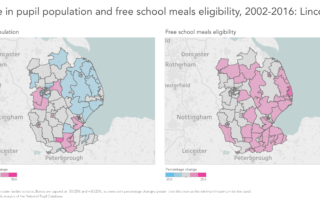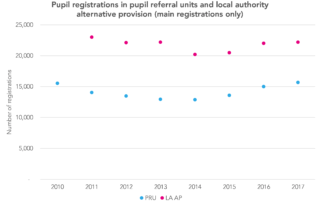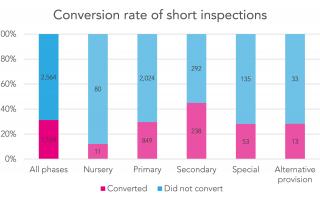Long-term disadvantage, part four: Our friends in the north
This is part three in a series of blogposts exploring long-term disadvantage. Other posts in the series can be found here. Some of you might remember the 1996 TV series in which Christopher Ecclestone plays Nicky Hutchinson. As an impatient politician he argues that “Tomorrow is too late”. The Northern Powerhouse Partnership (NPP) has today issued [...]











